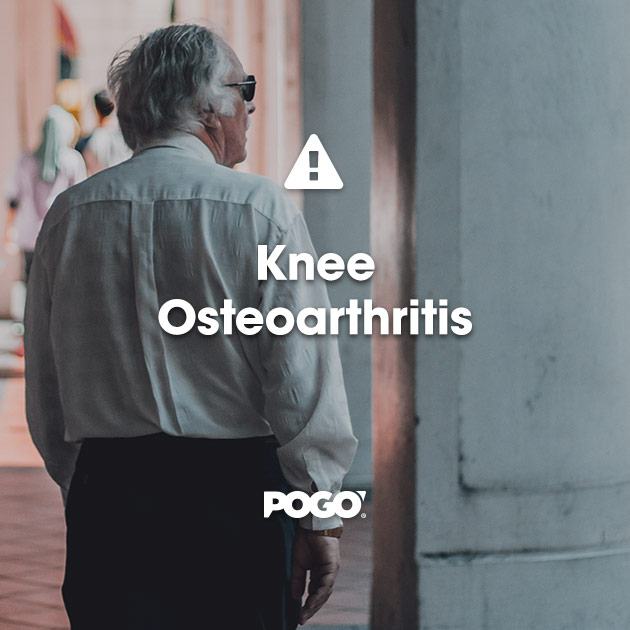MCL Sprains Part 2 – Treatment, Rehab & Prevention
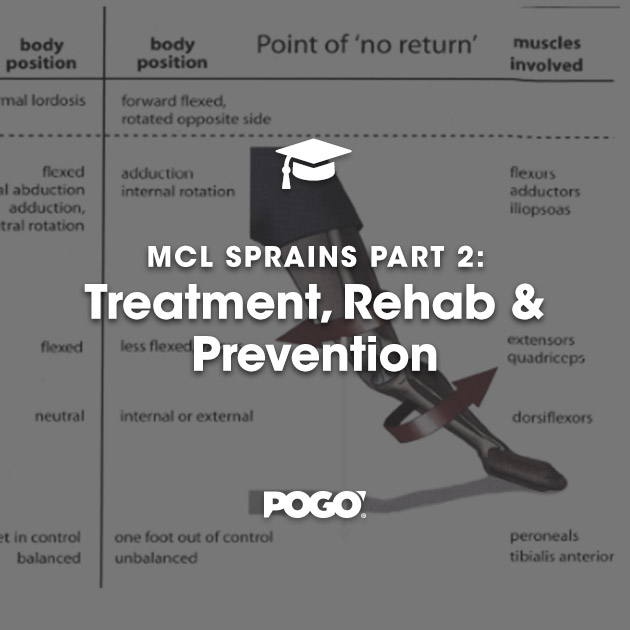
Read MCL Sprains Part 1 – Anatomy, Function, Mechanism of Injury & Diagnosis
Treatment & Rehab
The treatment of MCL sprains differ according to the severity of injury sustained. Grade I’s and II’s can be managed similarly, with grade II’s typically taking longer to progress in reaching rehab milestones. Grade III sprains tend to require surgical repair in order to attach the fibers of the ligament together. Non-surgical management of grade III sprains is not unheard of. However, if the individuals goal is to return to sport, then surgical repair would be highly recommended by most orthopaedic surgeons.
The following table outlines guidelines for the management of grade II MCL sprains. Grade I MCL sprains will excel through their rehab goals more rapidly than that of grade II’s and III’s and may find that they complete rehab in 1-2 weeks. Conversely grade III sprains will typically take longer than 6-7 weeks as surgery may be necessary initially.
Progression through the goals of rehab should be based on 1) pain levels, 2) confidence levels, and 3) ultimately the clinical reasoning skills of a qualified physiotherapist/S&C coach.
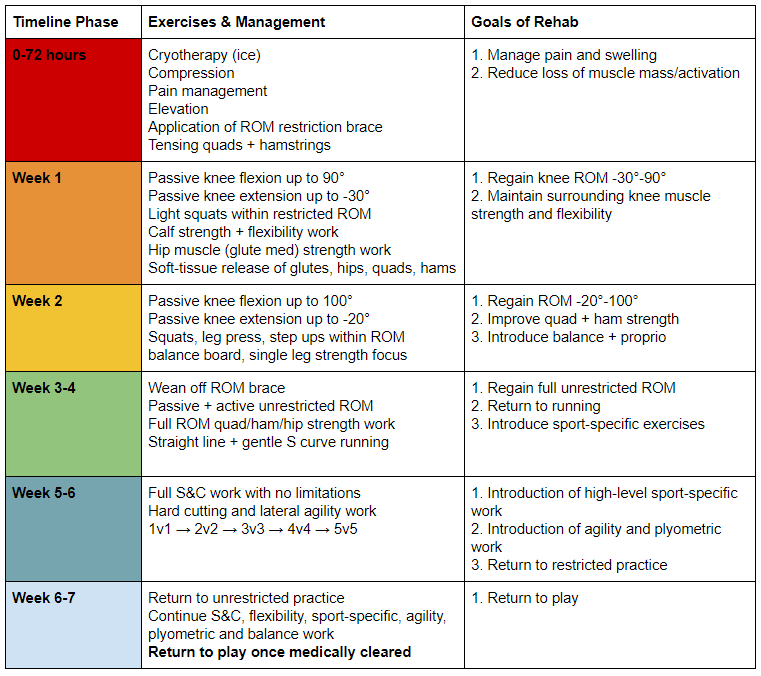
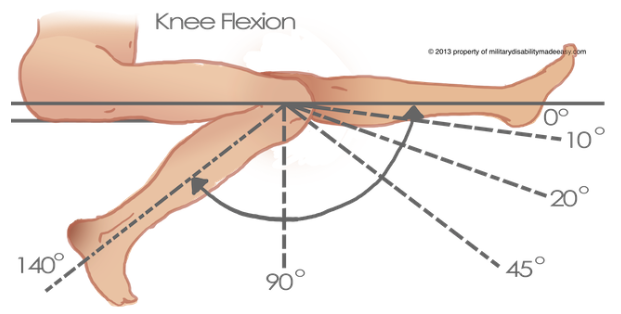
The image above illustrates the degrees of flexion and extension in the knee joint. You’ll notice that the table mentions a ROM restriction brace. ROM restriction braces are placed on the knee in order to reduce the amount of knee flexion and extension. This is necessary in MCL sprains as the MCL fibers stretch at the end ranges of knee flexion and extension. The goal here is to heal the fibers of the MCL in a shortened position, and thus the ROM restriction brace will be opened up over the duration of rehabilitation to allow more movement.
The first step in the prevention of MCL sprains is that the player completes a full rehab and feels fully confident on their injured leg. #performbetter @pogophysio Share on XPrevention
The first step in the prevention of MCL sprains is that the player completes a full rehab and feels fully confident on their injured leg. There is a high risk of re-injury when players return too early due to the pressures of coaching staff, teammates, or themselves.
The next step is to address any biomechanical factors that may have increased the risk of injury to the MCL. An athlete can complete rehab and return to sport feeling confident, but if the root cause of why they sustained their injury isn’t addressed, then the injury will continue to occur.
Let’s have a look at how this woman injured her MCL. Notice when she plants her right foot and turns her body to the left, her knee falls inward toward her body and causes a knee valgus. This lady’s physio and S&C coach need to go back to the drawing board and relearn safe stepping mechanics.
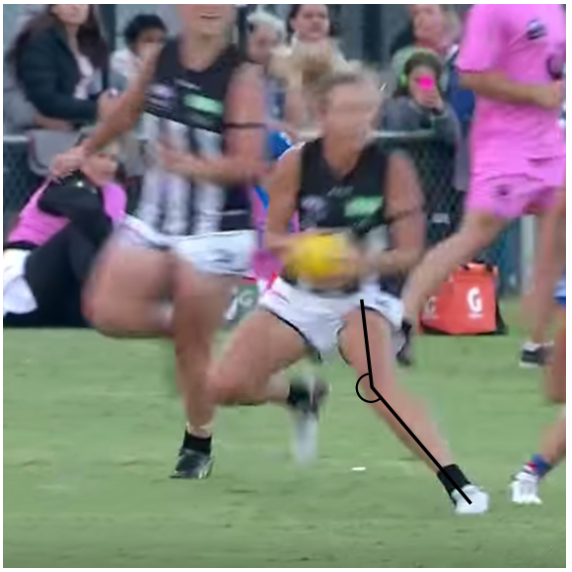
The image below illustrates safe cutting mechanics (left) compared to dangerous cutting mechanics (right). Of course, strength training plays a vital part of getting an athlete from the right to the left. However, it is the progression through a thorough plyometric (jumping and landing practice) and agility program that will ultimately correct poor cutting mechanics.
If you’re an athlete that has had recurring MCL or knee injuries, it may be worthwhile running through a graded plyometric and agility program. This is imperative in addressing the fundamental biomechanics that put your knee at risk and significantly reduce your risk of re-injury. **Added bonus, you may notice an improvement in your performance too.**
Follow @gdphysio on Instagram for more injury breakdowns.
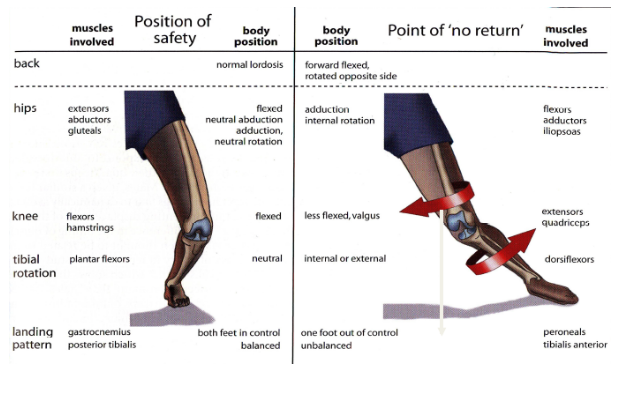
George Dooley (APAM)
Master Physiotherapist

Click Here to book an appointment with George today.
Featured in the Top 50 Physical Therapy Blog








